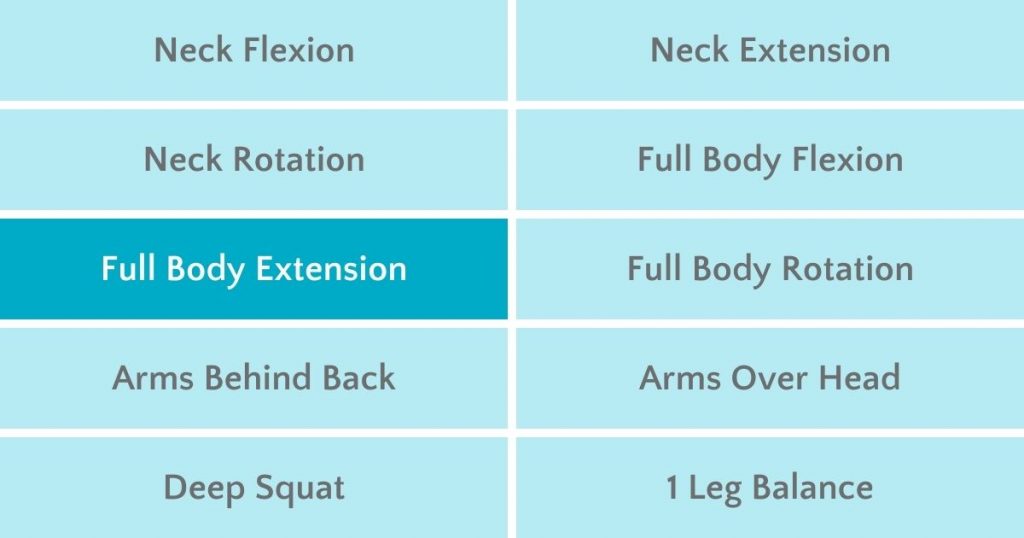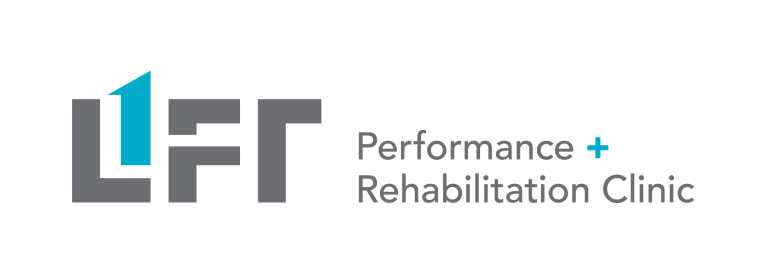Learn about back and hip exercises that are commonly used by Lift Clinic’s team of Vancouver physio, chiro, RMT and strength coaches!
Full body extension is one of the many assessments we perform during our full body screen. This movement requires adequate mobility from your upper back, lower back, and hips. These movements are essential for everyday tasks and athletic movements such as jumping.
Read through this post to learn about the exercises that our physiotherapists, chiropractors, RMTs, and kinesiologists prescribe to improve mobility in these movements.
This post is a continuation of our blog series on our full body assessment. If you haven’t already, visit our blog page to learn more about how we assess and treat other movements in the body.

For any given movement pattern, our treatment approach follows 4 primary steps:
- Assessment
Techniques used to test ranges of motion and find the root causes of limitations
- Reset
Hands on treatment techniques used to improve & restore limited range of motion
- Reinforce
Exercises or self treatments that help maintain the gains made from the reset techniques.
- Reload
Exercises that develop strength, resilience, and coordination for the desired movement pattern.
Visit our IG post to see shoulder exercises in action
6 shoulder exercises to improve overhead strength and mobility:

1) Seated thoracic extensions
This exercise helps to improve thoracic (upper back) extension range of motion.

2) Lumbar locked rotation
This exercise locks the lumbar spine (lower back) in place so that rotation is isolated in the thoracic spine.

3) Hip airplanes
Hip airplanes open up the hip to improve external rotation mobility in addition to stretching out tight adductor (groin) muscles.

4) Kettlebell weight shift
Similar to the last exercise, the kettlebell weight shift stretches out the adductors which helps to free up external rotation and extension in the hip.

5) Hip flexor stretch
The hip flexors are composed of the psoas and iliacus muscles. Stretching these out can improve hip extension. The arm movements help to stretch the hip flexors in multiple planes.
What's next?
Reinforcing exercises for the hip and back are a great way to maintain your mobility and strength gains in the full body extension movement. The next step is to progress to more difficult reloading exercises so you can take your extension to the next level!
Stay tuned for the next post in the series: Full Body Extension Reload
